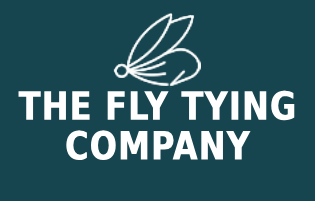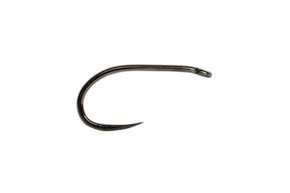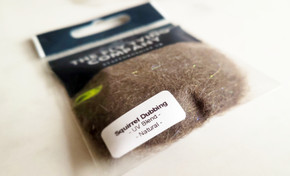Origin and History
The Silver Invicta is a traditional loch-style wet fly that originated in Scotland during the late 19th century. It was designed to imitate small fry, pin-fry, and drowned sedges, but it is equally effective as a general attractor. Known for its silver body and contrasting wing, the Silver Invicta remains a firm favourite for loch and reservoir fishing, particularly when trout are feeding high in the water during summer evenings.
Materials
- Hook: Wet fly hook, sizes 8–12
- Thread: Black 6/0
- Tail: Golden pheasant crest fibres
- Body: Flat silver tinsel or silver mylar
- Rib: Fine oval gold tinsel
- Hackle: Furnace or red game cock hackle (palmered)
- Throat: Teal or guinea fowl fibres
- Wing: Mallard flank or grey duck quill fibres
Popular Variations
- Golden Invicta – uses a gold body instead of silver
- Claret Invicta – body dubbed with claret seal’s fur
- Invicta Muddler – with a muddler head for extra wake
- Mini Silver Invicta – tied small for fry-feeding trout
- Beadhead Invicta – adds weight for deeper presentation
Step-by-Step Tying Guide
- Attach black thread at the hook bend and tie in a few golden pheasant crest fibres for the tail.
- Tie in flat silver tinsel for the body and fine oval gold tinsel for ribbing.
- Palmer a furnace or red game cock hackle along the body while wrapping the silver tinsel forward to the eye.
- Counter-wrap the gold ribbing through the body to reinforce the hackle and add segmentation.
- Tie in a throat hackle of teal or guinea fowl fibres swept back beneath the body.
- Add a wing of mallard flank or matched grey duck quills, set flat and neat.
- Build a small black thread head, whip finish, and varnish.
Seasonality & Representation
The Silver Invicta is most effective from late spring through autumn, especially on stillwaters and lochs when trout are chasing fry or sedge pupae. It is deadly in a loch-style drift on the top dropper, where its silhouette and silver body catch attention in the surface film.
Tackle and Setup
- Rod: 10ft, 6–7wt for loch-style drifting
- Line: Floating, midge tip, or slow intermediate
- Leader: 12–18ft, 8–10lb fluorocarbon
- Setup: Best fished as a top dropper in a team of three flies, pulled across the waves
Summary Table
| Aspect | Details |
|---|---|
| Origin | Scotland, late 19th century |
| Best Seasons | Late spring to autumn |
| Represents | Pin-fry, sedge pupae, general attractor |
| Hook Sizes | 8–12 |
| Tackle Setup | 10ft rod, floating/midge tip line, 12–18ft leader, fished loch-style |












